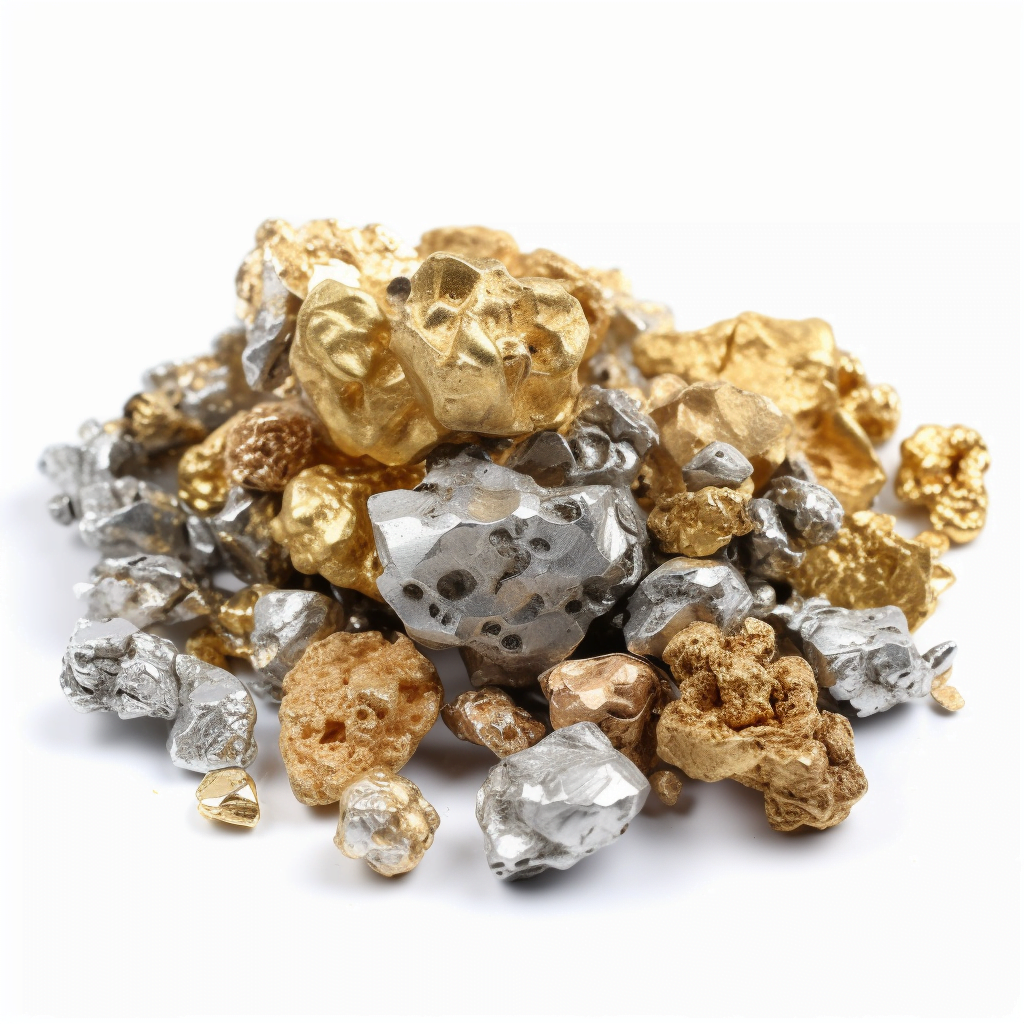What is GRA Moissanite certificate?
Moissanite is a perfect alternative to diamond engagement rings because of its similarity to diamonds and its affordability for everyone. It is a man-made mineral that is created in a laboratory by replicating the natural process of a diamond. Because of its growing popularity, it is important to have a way to identify genuine moissanite from other diamond simulants, and the GRA can provide a valid 4Cs for moissanite. in this article, we will explore what a moissanite GRA certificate is, and why it is essential to have one when purchasing moissanite. 1. What is Moissanite? Moissanite diamonds are a popular and reasonably priced alternative to traditional diamonds. But they are not diamonds. If you want to learn more: you can check out our blog, What is Moissanite Diamond、Moissanite vs Diamond、Moissanite vs Lab-Grown Diamond、A comprehensive guide to moissanite rings for more information 2. How is Moissanite Created? Moissanite is created in a lab by replicating the natural process of diamond formation. It is made by combining silicon and carbon under high pressure and high temperature. The end result is a mineral that looks very similar to a diamond. 3.What is a GRA Moissanite Certificate? GRA Moissanite Certification The Global Gemological Resesarch Association Institute (GRA) is the standard of excellence in gemstones services worldwide,since 1993. For decades, trade professionals,throughout the world,turn to GRA. for their expertise,consistency and reliability in gemstones identification and grading. The certificate contains information about the moissanite, including its weight, dimensions, and quality grade. 4. What is the Importance of a Moissanite GRA Certificate? A Moissanite GRA certificate is important because it ensures that the moissanite gemstone you are purchasing is genuine. It also provides information about the quality of the gemstone, which can help you make an informed decision when purchasing it. Additionally, having a certificate can increase the resale value of the gemstone. 5. How to Obtain a Moissanite GRA Certificate? To obtain a Moissanite GRA certificate, you will need to have your moissanite gemstone evaluated by an authorized Moissanite GRA laboratory. The laboratory will examine the gemstone and provide you with a certificate that contains information about its quality and authenticity.When purchasing a moissanite ring from Oveela Jewelry, you can obtain a GRA certificate at the product selection (testing fee applies). 6. Understanding the Information on a Moissanite GRA Certificate A Moissanite GRA certificate contains several pieces of information about the moissanite gemstone. This includes its weight, dimensions, and quality grade. The quality grade is based on several factors, including the color, clarity, and cut of the gemstone. 7. Differences Between a Moissanite GRA Certificate and a Diamond Certificate While a Moissanite GRA certificate and a diamond certificate serve a similar purpose, there are some differences between the two. For example, a diamond certificate will contain information about the diamond’s 4Cs (carat weight, color, clarity, and cut), while a Moissanite GRA certificate will contain information about the moissanite’s color, clarity, and cut. Additionally, a diamond certificate is issued by a different organization, such as the Gemological Institute of America (GIA). 8. Conclusion In conclusion, a Moissanite GRA certificate is a document that certifies the authenticity of a moissanite gemstone. It provides information about the quality of the gemstone and can increase its resale value. To obtain a Moissanite GRA certificate, you need to have your moissanite gemstone evaluated by an authorized Moissanite GRA laboratory. It is important to have a Moissanite GRA certificate when purchasing moissanite to ensure that you are getting a genuine gemstone.











